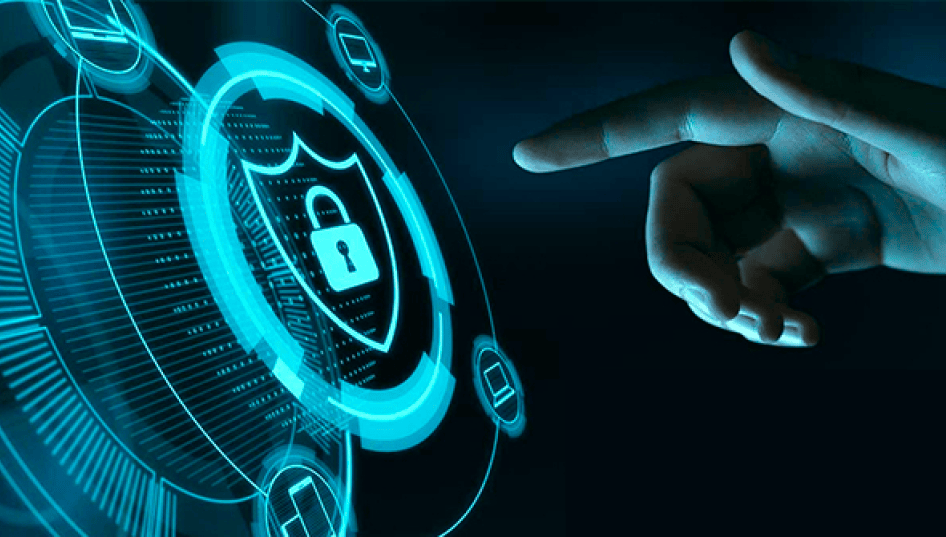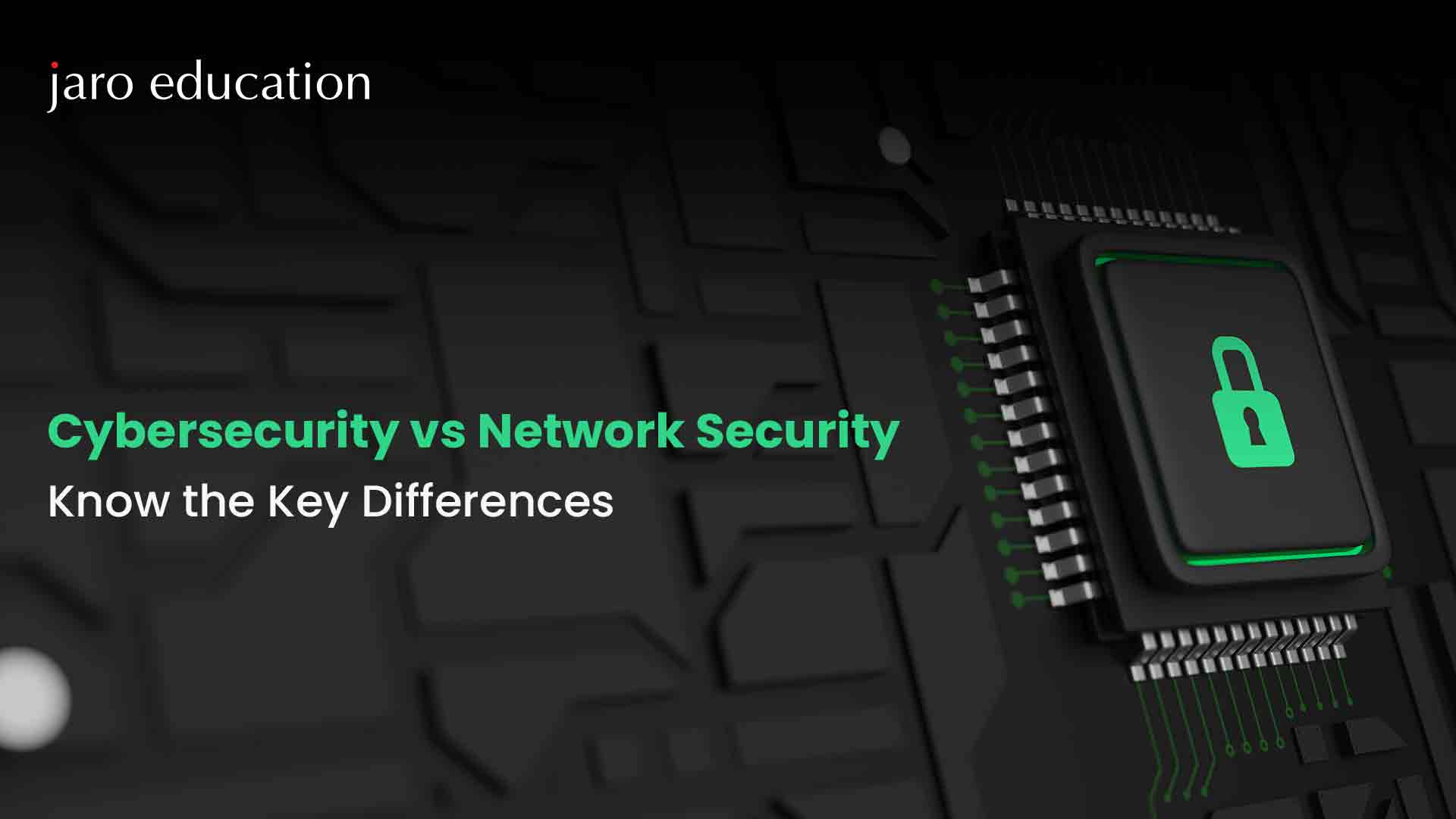Fiber Network Security: Protect Your Fiber Optic Infrastructure from Cyber Threats
Fiber Network Security: Protect Your Fiber Optic Infrastructure from Cyber Threats
Blog Article
Just How Information and Network Safety Safeguards Against Emerging Cyber Dangers
In a period noted by the fast development of cyber dangers, the importance of information and network security has never ever been extra noticable. As these threats come to be a lot more complex, recognizing the interaction between data safety and security and network defenses is important for minimizing risks.
Recognizing Cyber Dangers

The ever-evolving nature of modern technology consistently introduces new vulnerabilities, making it critical for stakeholders to remain attentive. People may unconsciously succumb social engineering methods, where enemies control them right into disclosing sensitive details. Organizations face distinct challenges, as cybercriminals typically target them to make use of valuable data or interfere with operations.
Furthermore, the rise of the Web of Points (IoT) has expanded the assault surface, as interconnected tools can act as entry points for assailants. Acknowledging the value of robust cybersecurity practices is vital for mitigating these risks. By promoting an extensive understanding of cyber risks, individuals and organizations can carry out efficient approaches to safeguard their digital assets, making sure durability in the face of an increasingly intricate threat landscape.
Key Components of Information Safety
Making sure information protection needs a complex approach that includes various key parts. One essential component is data security, which changes delicate information right into an unreadable format, easily accessible only to accredited individuals with the proper decryption tricks. This offers as an essential line of defense versus unauthorized accessibility.
An additional essential part is gain access to control, which controls that can see or control information. By executing rigorous customer authentication methods and role-based access controls, organizations can decrease the risk of insider threats and data breaches.

In addition, information covering up strategies can be utilized to protect sensitive information while still enabling for its use in non-production environments, such as screening and advancement. fft perimeter intrusion solutions.
Network Protection Strategies
Implementing durable network safety techniques is necessary for securing a company's digital facilities. These methods entail a multi-layered approach that consists of both software and hardware remedies created to safeguard the stability, confidentiality, and availability of information.
One important component of network safety is the implementation of firewalls, which offer as an obstacle in between relied on interior networks and untrusted exterior networks. Firewall programs can be hardware-based, software-based, or a combination of both, and they assist filter incoming and outward bound web traffic based upon predefined safety and security guidelines.
Furthermore, intrusion discovery and prevention systems (IDPS) play a crucial duty in checking network traffic for suspicious activities. These systems can notify administrators to potential breaches and do something about it to minimize threats in real-time. On a regular basis updating and patching software program is likewise essential, as susceptabilities can be manipulated by cybercriminals.
In addition, implementing Virtual Private Networks (VPNs) ensures safe remote access, encrypting information transmitted over public networks. Segmenting visit this site networks can minimize the strike surface and have possible violations, limiting their effect on the total framework. By taking on these techniques, organizations can efficiently fortify their networks against emerging cyber hazards.
Ideal Practices for Organizations
Developing finest practices for companies is vital in keeping a strong security posture. An extensive approach to information and network protection starts with regular risk evaluations to identify susceptabilities and prospective dangers.
In addition, constant staff member training and you can find out more awareness programs are essential. Workers must be enlightened on acknowledging phishing attempts, social design strategies, and the relevance of adhering to protection procedures. Routine updates and spot monitoring for software program and systems are likewise important to safeguard against recognized vulnerabilities.
Organizations need to examine and create case action intends to ensure preparedness for prospective breaches. This consists of establishing clear communication networks and functions during a safety incident. Moreover, data file encryption need to be employed both at rest and in transportation to guard sensitive details.
Finally, performing routine audits and conformity checks will certainly help guarantee adherence to appropriate policies and established policies - fft perimeter intrusion solutions. By adhering to these finest practices, organizations can significantly improve their resilience versus arising cyber threats and shield their essential assets
Future Trends in Cybersecurity
As organizations browse an increasingly complex digital landscape, the future of cybersecurity is poised to advance substantially, driven by changing and emerging modern technologies risk standards. One prominent trend is the integration of artificial knowledge (AI) and maker understanding (ML) right into protection structures, enabling real-time threat detection and action automation. These innovations can examine substantial quantities of data to determine abnormalities and possible breaches extra efficiently than conventional approaches.
An additional crucial fad is the increase of zero-trust style, which needs constant verification of individual identities and gadget safety, no matter their area. This approach lessens the threat of expert risks and enhances security versus exterior strikes.
Moreover, the enhancing fostering of cloud services requires durable cloud safety methods that resolve unique susceptabilities connected with cloud settings. As remote job becomes an irreversible component, safeguarding endpoints will certainly likewise come to be critical, leading to an elevated concentrate on endpoint detection and action (EDR) solutions.
Lastly, governing compliance will proceed to shape cybersecurity techniques, pressing organizations to take on much more strict information defense measures. Embracing these fads will certainly be important for organizations to fortify their defenses and navigate the developing landscape of cyber dangers successfully.
Final Thought
In verdict, the implementation of durable information and network protection procedures is necessary for organizations to guard against emerging cyber hazards. By using encryption, accessibility control, and effective network protection techniques, organizations can page significantly reduce susceptabilities and shield delicate details. Adopting best methods better enhances strength, preparing organizations to encounter developing cyber challenges. As cybersecurity remains to evolve, staying notified about future trends will be essential in preserving a strong defense against potential threats.
In a period noted by the fast advancement of cyber hazards, the significance of data and network security has actually never ever been more noticable. As these risks come to be a lot more complicated, comprehending the interaction between information safety and network defenses is vital for reducing dangers. Cyber dangers include a broad variety of malicious tasks aimed at compromising the discretion, honesty, and accessibility of data and networks. A detailed method to data and network protection begins with regular threat evaluations to recognize vulnerabilities and possible risks.In verdict, the execution of durable information and network security measures is crucial for organizations to safeguard versus arising cyber threats.
Report this page